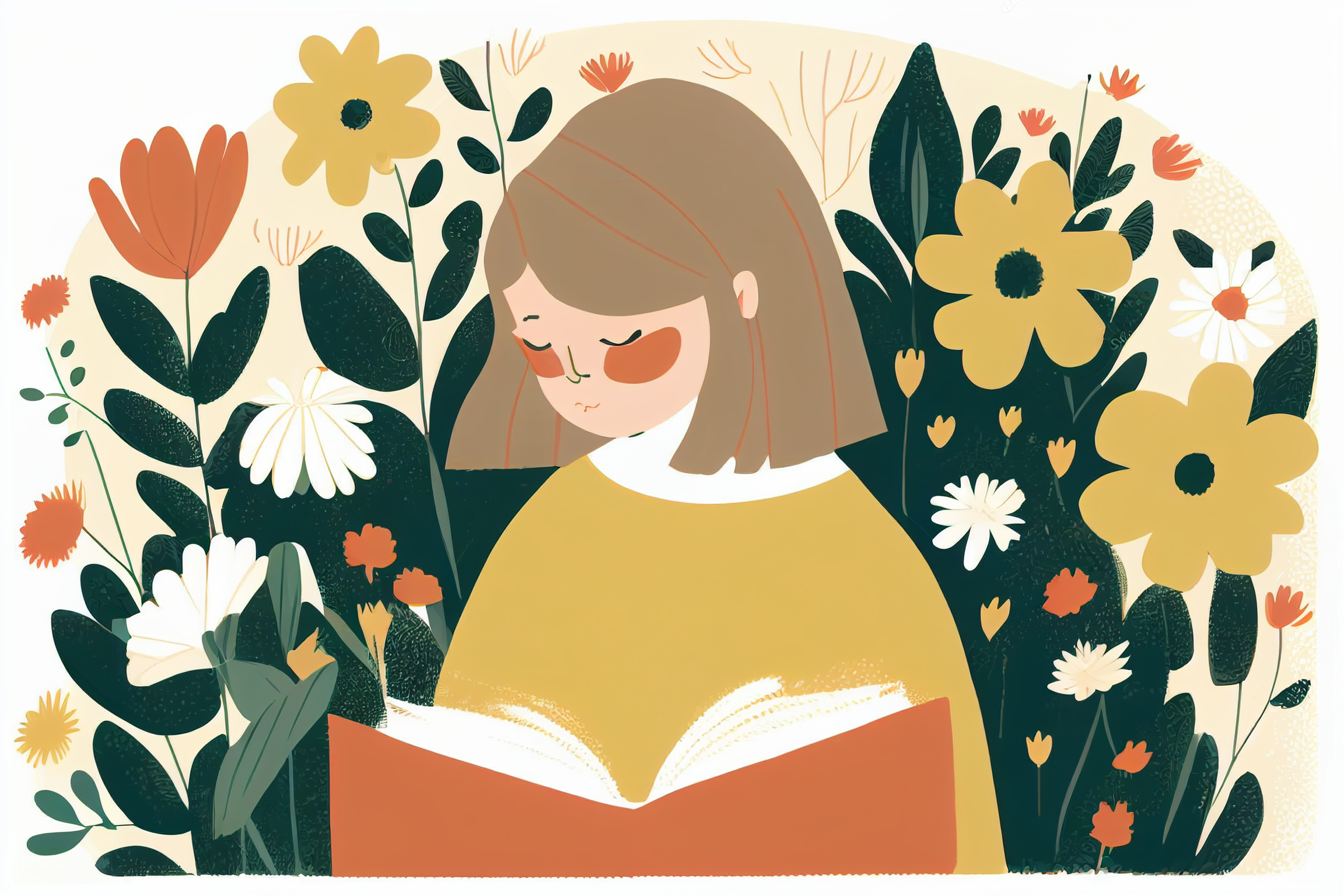Writing Easy Readers
By Mary Kole
Mary Kole is a former literary agent, freelance editor, writing teacher, author of Writing Irresistible Kidlit, and IP developer for major publishers, with over a decade in the publishing industry.
This article is all about how to write books for early readers, including advice on early reader age group, early reader word count, early reader page count, how to write a children’s early reader query letter, and how to find early reader literary agents and publishers.
How to Write Easy Readers
Writing early reader books is a calling for some creators, but this can be a tricky market. The wrong reason to write books for early readers is that you have a picture book that’s too long. Writing early reader books is actually a very specific skill set, as you are targeting very minute levels of reading experience. Since these books target readers who are just starting to read independently (hence the name of this category), the vocabulary level is actually simpler than is expected of most picture books, which are read by adults. Sentences and storylines are shorter and easier to follow.
Most books for early readers are broken into several sub-categories (this varies by publisher) that are based on reading levels like the Lexile score. While you don’t have to be 100% accurate to these levels when writing early reader books, you do have to pay attention to them like you wouldn’t in other children’s book categories. Some publishers will also have lists of words and vocabulary levels that they want you to use. Nowhere else do they dictate a writer’s choices like this.
I don’t recommend that beginning or even most experienced writers start out writing early readers. The biggest issue is market, which is discussed below, and in this blog post. Knowing how to write books for early readers is not enough to succeed in this tough market.
How to Write Books for Early Readers: Age Group
Smart children’s book writers know that children’s book publishing is very segmented by category, age, and reading level. Nowhere is that more true than in the books for early readers market. The general early reader books age group is ages 4 to 6, so on the upper range of picture books. But reading skill and aptitude varies by child, so here you do start to see some segmentation of the market. Some five-year-olds breeze through these books and demand a challenge, while other kids at the top of the early reader books age group are just starting out reading.
How to Write Books for Early Readers: Word Count
When it comes to early reader word count, you can have as few as 300 words, and as many as 1,200. By and large, early chapter books top out at 1,500 words. But this is not an excuse to get wordy, or to try and pitch your picture book that’s currently too long. Early readers have a lot of their own considerations, and early reader word count is just one of them. Vocabulary level, sentence length, and complexity of storytelling all tie into the various reading levels that publishers offer.
How to Write Books for Early Readers: Page Count
The length of books for early readers doesn’t need to be a mystery. For the most part, the younger early reader page count is set to 32, just like the standard picture book word count. This early reader page count can go up to 48 or even 64 pages as the reader level and text length increase. Keep in mind that early readers are published in a different format and trim size than picture books, so text placement and amount on the page can be different, so knowing how to write a children’s early reader is critical. For the most part, this means an early reader word count is longer than a picture book word count, but sometimes it’s shorter.
How to Write a Children’s Early Reader for Publication
Books for early readers are tough for writers to break into because a lot of them are developed in-house by early reader publishers. For example, a publisher will have a license to a popular property, and they’ll issue a series of early readers for, say, Dora the Explorer. They are usually written by editors, interns, or writers-for-hire. There isn’t a lot of original content being purchased outside of these series. Early readers have a low price point, and their spines are so narrow that it’s hard for a standalone book to stand out on bookstore or library shelves. At the same time, early reader publishers are reluctant to go “all in” on a series by a debut creator. To really get work writing early readers, writers usually form connections with a publisher in other ways (such as selling a picture book or novel) and then get hired to write an existing series. Or they’re connected to a publisher in need by their literary agent. You’ll notice that there are few early reader literary agents out there. Still, if you’d like to try your hand at publishing an early reader, or writing an early reader query letter, you can always pitch your idea around. You can learn more about the book submission process here.
This post contains affiliate links.

Click here to purchase Writing Irresistible Kidlit, my book on fiction craft for MG and YA novels, out from Writer's Digest Books. This will show you my writing craft philosophy and give you lots of valuable advice, including tips for the novel revision process and self-editing. There are over 35 example novels cited and discussed throughout. It’s a valuable resource for any writer’s toolkit.



